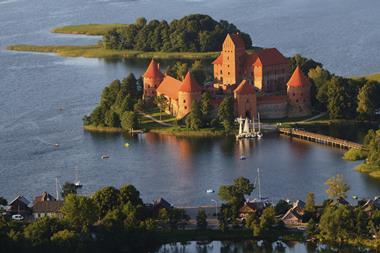Lithuania’s voluntary second-pillar pension funds achieved exceptional growth in 2013, according to the Bank of Lithuania, the country’s pensions regulator.
Net assets grew by some LTL625m (€181m) over the year to LTL5.4bn, and membership by 65,300 to 1.12m.
Around LTL474m of the asset increase was due to higher contributions, largely because the contribution rate increased by 1 percentage point to 2.5% of gross wages.
Furthermore, employment increased last year while wages grew in real terms for the first time since 2008.
The remaining asset growth came from investment activities, with the funds profiting from higher stock market prices and lower interest rates.
All but one of the 28 funds generated positive returns, an average 4.28% for the year.
The highest average return, of 9.38%, came from the riskiest funds that invest between 70% and 100% in equities.
Medium (30-70%) equity exposure funds generated 4.61% and low (up to 30%) equity exposure returned 3.37%, while the conservative bond funds produced only 0.58%.
In 2014, the asset inflow dynamics will change.
On the one hand, the base rate contribution of the 65% of members who elected to remain in the old system falls to 2%.
On the other hand, the remainder have chosen to pay an extra 1%, matched by a state subsidy of 1% of the gross average national wage.
Furthermore, with the economy entering its fifth year of growth, the Finance Ministry is forecasting gross average wages to grow by 5.1% in 2014, and the number of employed by 0.7%.
In the much smaller third-pillar system, net assets of the 10 available funds grew by LTL21.7m to LTL130.1m, and membership by around 5,500 to 34,200.
Returns averaged 6.42%, ranging from 3.21% for the bond funds and 3.45% for the balanced ones to 9.03% for equity structures.










No comments yet